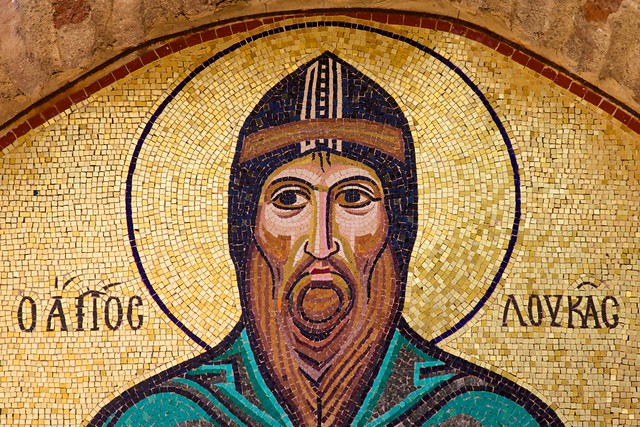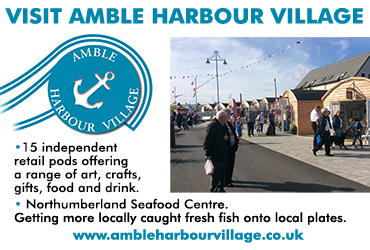Sort out your Saints
Getting your collection of saints in the right order can help you sort out what is happening around you, what has happened where you live and what sort of a place you can expect to be in when you wake up tomorrow.

Image by Thomas Guignard via Flikr/CreativeCommons
Folk in most parts can talk about their local saints and what they did for everyone. I’m a recent arrival in Amble, and I can already say that it differs from many spots on the East Coast of Great Britain in that it doesn’t have a prominent saint’s name as part of its description.
It doesn’t even have a prominent vampire, like Whitby, to help attract tourists to visit its shops. Amble seemed a bit lonely without a saint of its own. The North East Coast is especially gifted with saints. Even if no one knows how which saints are connected with which places, there are less than vague hints in most of the North East that Cuthbert, ‘wor Cuddy’ who, maybe, had something to do with Lindisfarne and is commemorated in school, church and street names in many places, is a saintly mascot for the Geordie.
I suppose that Amble has the Bede Club, and Bede is buried next to St Cuthbert, supposedly in Durham Cathedral. But that does not really count as a local saint for Amble. There is one, very local saint, to be sorted out from the History Heap. He is better called a really dead local saint, since he left the North East as a dead man in 1127, so we are often told. He is one of the Saints Henry, the one usually called Saint Henry of Coquet. Saint seekers from other parts of the country have a tendency to think that Coquet is a French word, though this Saint Henry wasn’t French.
Surprisingly, he was a rich Danish noble and had probably given up being a Viking marauder, before becoming a hermit on the clerical fringes of the Lindisfarne monastery and world famous scriptorium, their name for a handwriting factory.
None of the books mention why his claim to the island wasn’t ever disputed by anyone, so he could have been taken for a possibly fierce foreigner, or just left alone. Saint Cuthbert had given a sort of blessing to the island when he chose it as the place to meet Elfleda, Prioress of Whitby, and the daughter of a king of Northumberland.
That was Cuddy’s only recorded ‘date’, and it could have been followed up by a claim on the territory of Coquet Island by one or other of their institutions, especially after one of them was made a saint (see Father Alban Butler’s 1833 edition of Lives of the Fathers etc.)
There is another story to be told about Saint Henry of Coquet. Wikipedia says there is a stained glass window featuring Henry in the church of St. Thomas of Canterbury, in Deal, in Kent. This could be someone trying to get all of the English saints on their stained glass window, their church being called after a famous English saint, who did not know that one of the few things we know about Henry is that he was Danish.
Coquet Island is fast becoming a special breeding and feeding ground for a small number of rare seabird breeds, and places to see puffins are getting as rare as hermit pirate saints from Denmark.
Mat Curran
Editor’s note: The image above is not of Saint Henry of Coquet. So if anyone should be near St. Thomas of Canterbury, in Deal, in Kent, could they get us a photo of the relevant window?












